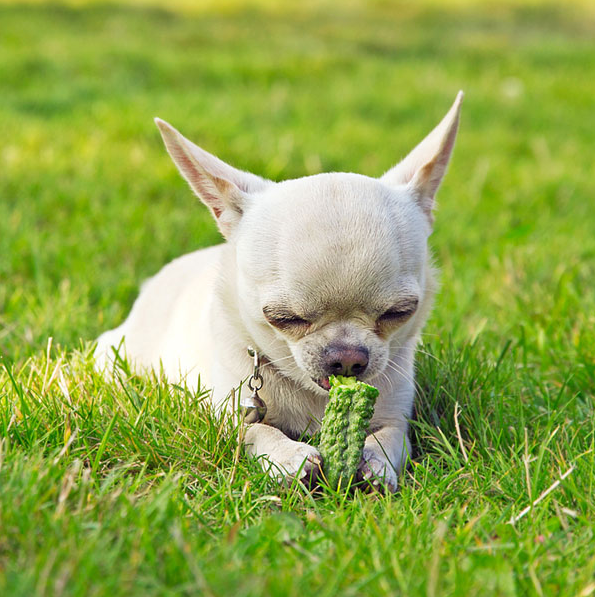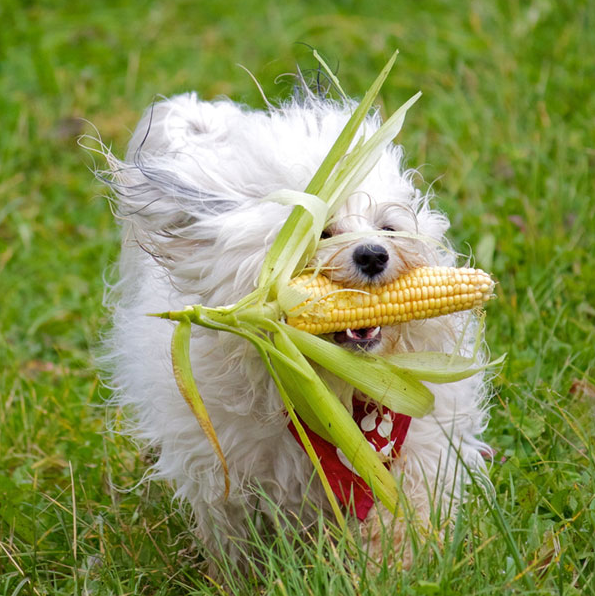Why do dogs sneeze when they’re excited? The answer could be simple — or not. Plus, what about reverse sneezing or when dog sneezing gets serious?
- bacterial or viral infections
- teeth problems
- something stuck in the nose
- tumors
You must remember this: A kiss is just a kiss, but a sneeze might be more than just a sneeze. So, why do dogs sneeze when they’re excited? There seem to be two schools of thought on the topic, adding a whiff of controversy to this common behavior.
Still, the fundamental things apply when asking, “Why do dogs sneeze when they’re excited?” Dogs have sensitive noses. And like humans, they sneeze if something irritates the inside of their nose, causing a tickle, then a sneeze from the chest and lungs to expel the offending intruder.
Why do dogs sneeze excited? They’re simply and truly just excited!
 |
| Why do dogs sneeze? They’re excited. |
Why do dogs sneeze when they’re excited? When dogs are in an excited state, they often sneeze more shallowly, emitting a snorting sound caused by a sudden force of breath from the nose.
“These are not sneezes the way we think of a sneeze in people: a respiratory response from deep down,” says Debra Eldredge, DVM. “This is more like a child fooling around and pretending to sneeze.” Such sneezes are a form of canine communication, says the Vernon, New York, veterinarian and author. They happen frequently during play, when dogs naturally get excited. “This can be a ‘remember it is just play’ sound, something to cool things off if they are getting a bit heated. The sneeze communicates that the dogs are playing,” Dr. Eldredge says. “Turid Rugaas was one of the first people to really categorize dog interactions.”
Why do dogs sneeze when they’re excited? It calms them down.
Rugaas wrote the 2006 dog-training manual On Talking Terms with Dogs: Calming Signals. In it, the Norwegian author and dog trainer identifies 30 ways dogs communicate with each other — and with humans — through what she calls “calming signals.”
These signals, including sneezes, are a way of calming a situation before it gets too wild. The behaviors are the canine equivalent of social skills, a repertoire of body language and interaction used to communicate many things, including avoidance of conflict and an invitation to play. All dogs understand the code — even those who do not display the behaviors themselves, Rugaas says.
Why do dogs sneeze when they’re excited? They’re playing.
 |
| Why do dogs sneeze? They might be playing. |
So, “Why do dogs sneeze when they’re excited?” has a simple answer, right? Bruce Fogle, DVM, isn’t buying the above reasoning. “It’s not a signal, calming or otherwise,” says the veterinarian and author who lives in London, England. “My hunch is that dogs sneeze when excited because they wrinkle their noses, that causes a tickle, and boom!”
Indeed, conditions surrounding canine play are conducive to triggering a sneeze. Wrestling dogs curl their lips and bump noses. They often wind up on their backs, making things more likely to travel up their nose. Roughhousing kicks up dirt and dust that can irritate the nose, as can a blade of grass or bugs stirred up from the ground. All of these situations can cause the involuntary reflex of sneezing. “You can’t genuinely sneeze on demand,” Dr. Fogle says, “but you can’t help it if your nasal membranes get stimulated.”
Why do dogs sneeze when they’re excited? Some final thoughts.
So, why do dogs sneeze when they’re excited? It depends on whom you ask. Are dogs communicating in a universal canine language that they want to take a break, slow things down and diffuse an intense situation before it escalates? If so, perhaps a sneeze is meant to communicate the same thing to humans in stressful situations, such as training sessions. (Remaining calm and patient with your dog is always a good idea.)
Dog sneezing might be, as some believe, a dog’s way of communicating to both dogs and humans that they are excited, happy and want to play. Or maybe a sneeze is just a sneeze — a simple reflexive response to something bothering a dog’s nose. Clearly, the answer is not as plain as the nose on your face. It seems only the nose knows.
Why do dogs sneeze — is it ever something serious?
Why do dogs sneeze … whether they’re excited or not? Sneezing dogs can have a cute factor, but some causes are nothing to sneeze at. While sneezing is a normal way for the body to expel an irritant, it also can be a sign of:
- allergies- bacterial or viral infections
- teeth problems
- something stuck in the nose
- tumors
If your dog sneezes repeatedly for an extended period or if you notice signs associated with colds and allergies (red eyes, nasal discharge, itchiness, coughing) or behavioral changes (such as foot chewing), contact your veterinarian.
Why do dogs sneeze … in reverse?
Reverse sneezing is a spasm caused by something irritating the throat, nasal cavity or soft palate. A reverse sneeze brings air in, not out,” says Debra Eldredge, DVM. Brachycephalic (short-nosed or flat-faced dogs) and small dogs are more prone to reverse sneezing.
“Our Corgis have done this at times,” Dr. Eldredge says. “The dog will stop moving and make a bizarre sound.” Watching a dog reverse sneeze can be scary because it looks and sounds as though the dog is gasping for air. But these fairly common, often recurring episodes usually are brief and generally do not require medical care. Softly massaging your dog’s throat can alleviate an episode. And Dr. Eldredge suggests, “Putting your hand gently over the nose often helps to stop it and ‘reset’ normal breathing.”
Why do dogs sneeze in the wild?
 |
| Why do dogs sneeze in the wild? |
When African wild dogs sneeze, they might be casting a vote. These dogs gather their pack and determine whether to move based on sneezes, according to a study published in the September 2017 Proceedings of the Royal Society B: Biological Sciences, a London, England-based research journal.
Researchers studied five packs of African wild dogs in Botswana and found that the dogs hold a group decision-making “rally” before setting out on a hunt. If the rally is initiated by a dominant pack member, at least three sneezes from among the pack will launch a collective move. Lower-ranking members also have their say, albeit requiring a bit more agreement: a minimum of 10 sneezes.
“Physiologically, the rapid exhalation may function to prepare the pack to hunt by clearing the nasal cavity to make scenting and running easier,” the study states, “but this does not preclude that sneezing may also be a true voting mechanism.”
-------------------------------------------------------------------
Adrienne Farricelli is a professional CPDT-KA certified dog trainer, and for the last 10 years she has been helping people to eliminate bad behaviors in dogs and train well behaved, obedient, loving pets…by showing them how to bring out the ‘hidden intelligence’ inside their dog. Keep reading to find out more…


























